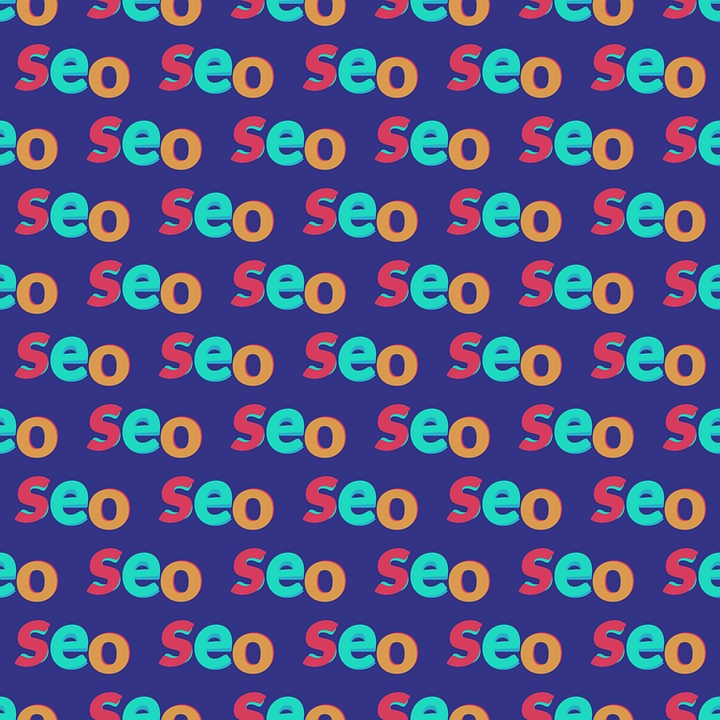Mastering Web Development with FreeCodeCamp: A Comprehensive Guide
Web development has become an essential skill in today’s digital world. Whether you are a seasoned developer looking to stay updated with the latest trends or a beginner eager to dive into the world of coding, FreeCodeCamp is an excellent platform to master web development. In this comprehensive guide, we will explore how FreeCodeCamp can help you become a proficient web developer without spending a dime.
What is FreeCodeCamp?
FreeCodeCamp is a nonprofit organization that offers an interactive learning platform for web development. It was created by Quincy Larson in 2014 and has since gained a massive following. The platform provides a structured curriculum that covers a wide range of topics, including HTML, CSS, JavaScript, data structures, algorithms, and more.
The curriculum is divided into six certifications, each focusing on different aspects of web development. These certifications include Responsive Web Design, JavaScript Algorithms and Data Structures, Front End Libraries, Data Visualization, APIs and Microservices, and Information Security and Quality Assurance.
The curriculum is entirely free, making it accessible to anyone with an internet connection. Additionally, FreeCodeCamp offers a supportive and active community, where learners can connect with like-minded individuals, seek help, and collaborate on projects.
Getting Started with FreeCodeCamp
To begin your web development journey with FreeCodeCamp, all you need to do is create an account on their website. Once you are registered, you can start working through the curriculum at your own pace.
The curriculum is divided into bite-sized lessons, each followed by coding challenges to reinforce what you have learned. The challenges are hands-on, allowing you to practice your coding skills and gain confidence in your abilities. Furthermore, FreeCodeCamp provides an integrated code editor, so you don’t need to install any additional software to start coding.
The Responsive Web Design Certification
The Responsive Web Design Certification is the first step in the FreeCodeCamp curriculum. It covers the basics of HTML and CSS, teaching you how to create responsive and visually appealing web pages. You will learn about HTML tags, CSS selectors, box models, flexbox, grid systems, and more.
Throughout this certification, you will work on several projects, including building a tribute page, a survey form, a product landing page, a technical documentation page, and a personal portfolio webpage. These projects allow you to apply what you have learned and showcase your skills.
JavaScript Algorithms and Data Structures
Once you have completed the Responsive Web Design Certification, you can move on to the JavaScript Algorithms and Data Structures Certification. This certification focuses on JavaScript, one of the most popular programming languages for web development.
In this section, you will learn about JavaScript syntax, data types, functions, objects, arrays, loops, and conditional statements. You will also delve into more advanced topics such as recursion, object-oriented programming, and functional programming.
To reinforce your understanding of JavaScript, FreeCodeCamp provides a series of coding challenges and projects. These challenges will test your problem-solving skills and help you become comfortable with JavaScript coding.
Front End Libraries, Data Visualization, APIs and Microservices, Information Security and Quality Assurance
The next certifications in the FreeCodeCamp curriculum are Front End Libraries, Data Visualization, APIs and Microservices, and Information Security and Quality Assurance. These certifications build upon the foundation you have established in the previous certifications and cover more specialized topics.
In the Front End Libraries section, you will learn about popular JavaScript libraries and frameworks such as React, Redux, and Sass. You will also work on projects that involve building interactive user interfaces and integrating APIs.
The Data Visualization section focuses on using data to create visually appealing charts, graphs, and maps. You will learn how to work with data sets, manipulate data, and present it in a meaningful way using libraries like D3.js.
The APIs and Microservices section explores how to build web applications that interact with external APIs. You will learn how to make HTTP requests, handle responses, and build your own APIs.
Lastly, the Information Security and Quality Assurance section teaches you how to test and secure web applications. You will learn about quality assurance techniques, user authentication, and how to prevent common security vulnerabilities.
Building a Portfolio and Getting Hired
As you progress through the FreeCodeCamp curriculum, you will have the opportunity to build a portfolio of projects. These projects will showcase your skills and demonstrate your ability to build real-world applications. Having a portfolio is essential when applying for web development positions, as it gives potential employers a glimpse into your capabilities.
FreeCodeCamp also offers support and guidance when it comes to finding a job in the web development industry. They provide resources on resume building, interview preparation, and even offer a job board where companies can directly connect with FreeCodeCamp graduates.
Conclusion
Mastering web development with FreeCodeCamp is an excellent way to kickstart your career in web development. With its comprehensive curriculum, hands-on coding challenges, and supportive community, FreeCodeCamp offers a valuable learning experience that is accessible to everyone. Whether you are a beginner or an experienced developer, FreeCodeCamp has something to offer. So why wait? Start your web development journey with FreeCodeCamp today and unlock a world of opportunities.




